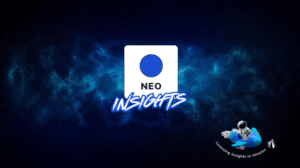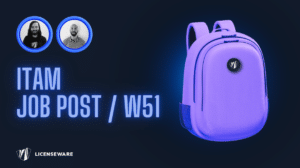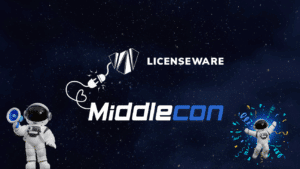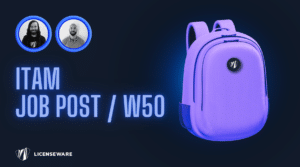The End of Ownership: More Software Licensing Upheaval is on the Horizon for SAP Customers
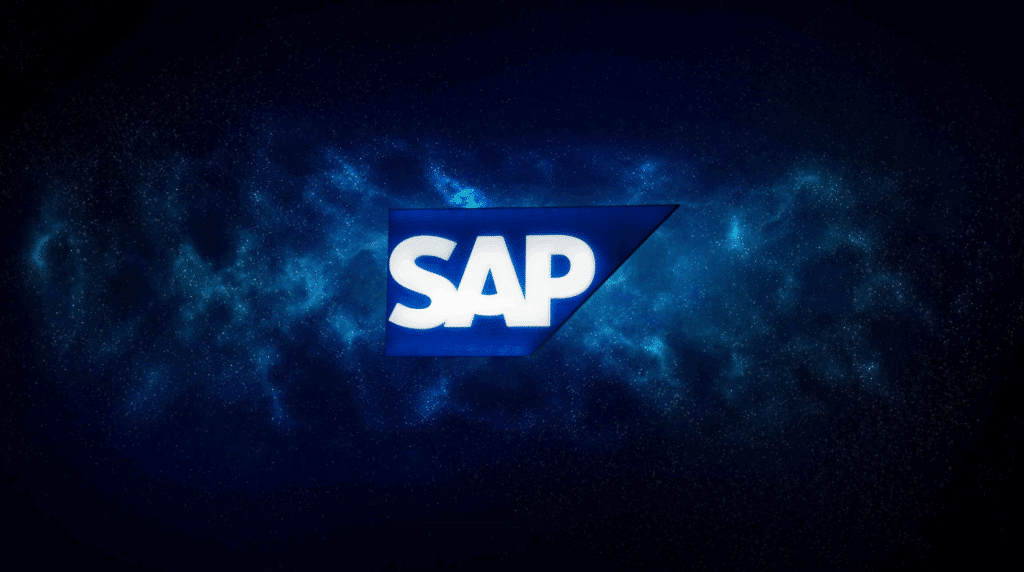
The world of enterprise software is in a state of perpetual flux, but the ground is shifting more rapidly than ever under the feet of IT leaders and procurement managers. Recent years have seen a relentless wave of licensing changes from major vendors, and according to industry analysts, this is not a temporary storm but the new climate. The era of perpetual software ownership is effectively over, replaced by a complex and often costly subscription-based landscape that promises more upheaval to come. For SAP customers, this trend is perfectly encapsulated by the company’s flagship offering, RISE with SAP, which continues to evolve in ways that demand constant vigilance.¹⁰
The core driver of this change is the industry-wide pivot from selling software as a product to delivering it as a service. This transition is fundamentally reshaping the relationship between vendors and customers. The traditional perpetual license model is being systematically dismantled in favor of mandatory subscriptions that turn software into a recurring operational expense.²
RISE with SAP: A Constantly Moving Target
Initially positioned as a simplified, all-in-one “business transformation as a service,” RISE with SAP is SAP’s strategic vehicle for moving its massive on-premises customer base to the cloud.² The offering bundles software, hosting, and services under a single subscription contract.¹ However, recent changes in 2025 show that this simplified package is becoming more fragmented.
As of mid-2025, SAP has retired its “Base, Premium, and Premium Plus” tiers, replacing them with a new framework centered around “SAP Cloud ERP Private.”¹ This is more than a branding update; it represents a significant unbundling of value. Key capabilities that were previously included in premium tiers, such as SAP Joule AI units, SAP Datasphere, and sustainability tools, must now be licensed separately as add-ons.³ This means customers evaluating a move to the cloud must now contend with a more complex bill of materials, where the total cost of ownership can be significantly higher than anticipated once these “extras” are factored in.¹
The Deadlines: A Powerful Forcing Function
The push towards RISE with SAP is not just a gentle suggestion; it is backed by firm, and fast-approaching, deadlines. Mainstream maintenance for SAP’s flagship on-premises ERP, Business Suite 7 (including ECC 6.0), is set to end in 2027.⁵ While some extended support options are available until 2030 at a higher cost, SAP’s CEO has confirmed there will be no further extensions, creating a powerful incentive to migrate.⁶
Acknowledging that many large enterprises with complex, customized systems may struggle to meet this timeline, SAP introduced a “transition option” in 2025.⁴ This new subscription service is designed as a temporary buffer for customers who commit to RISE but need more time to complete the move, offering support beyond 2030 for an expanded fee.⁴ However, industry experts view these extensions not as a strategic roadmap, but as temporary buffers for those already on their migration journey.⁹ The long-term vision from SAP remains clear: the future is in a standardized cloud model.⁹
The Hidden Complexities: Digital Access and User Licensing
While SAP promotes RISE as a simplified solution, the reality is more nuanced. The single contract can mask underlying complexities that customers must carefully navigate. One of the most significant is SAP Digital Access.
Digital Access is SAP’s model for licensing the use of its systems by third-party applications, bots, or other automated processes.⁷ Crucially, these rights are not automatically included in a standard RISE with SAP package.² Organizations moving to S/4HANA via RISE must separately assess their Digital Access exposure and purchase the necessary document licenses, adding another layer of cost and complexity.⁷ As businesses increase their use of integrated e-commerce, IoT, and third-party platforms, the risk of unbudgeted Digital Access costs grows significantly.⁸
Furthermore, SAP is updating its Full User Equivalent (FUE) definitions, reclassifying some user roles into more expensive license types.³ This means organizations could face higher costs for the exact same user base, making proactive software asset management more critical than ever.
The message for businesses is clear: the days of “set it and forget it” software asset management are over. Offerings like RISE with SAP are the new normal, but as seen with the 2025 changes, they are subject to continuous evolution that favors the vendor. Surviving and thriving in this environment requires a new level of diligence. Organizations must invest in proactive SAM to understand their usage, forecast future needs, and negotiate from a position of knowledge. The upheaval is here to stay; the only question is whether businesses will be its victims or its masters.
Sources
- ITAA (July 17, 2025) https://vertexaisearch.cloud.google.com/grounding-api-redirect/AUZIYQGn6L24hpJik2aeKqiL0g3846WANEmIHbwqRctndmh9f-PgZ0a9L_YGGQL6FqA8FUHcFcOsla_9ApG3siBFN_s9mVA0DcLJ99rqvrgVSp1sZC1nbPo99DH0-AmSbR-_lP_mKHeYzImGOz1qXhBppTKa6MGc2Bl1cLTdxmqSDv5G_rUzBTSMxx5QxI_-qreh_EBs
- Licensing Logic (July 13, 2025) https://vertexaisearch.cloud.google.com/grounding-api-redirect/AUZIYQEqe5yski-Tc526ydyxIEeF_yXeS9vpxPeCMJ8zIUQ7R6LUSwhSK-IFNJutuil9ArxQZ9Mv4IwjBxwMohxcQUs2Dro7m7u7eBFG3U6ZPF35T7TD3LzkNZV4ahWPWVxHOEudEZk19UynsW4mUPTbh6Ad0qfgH0TJh0g4rXVY5uAN6yBl_iSbvCtlNTVWaSVZezmi_RpY6QY3gF3DfpMlJusEhrmxCVA5K9Is1Q
- Redress Compliance via YouTube (July 9, 2025) https://vertexaisearch.cloud.google.com/grounding-api-redirect/AUZIYQEuyJ7pmh7-ZBXR4Dt_0q_QXrtpmP_xWZL9pb7ZFNFO1m-EZxzjo0KgNY6OcY0GfD-lQEcjOrYLjjK6ExFCwvS_DwQ9rsEAS7HUQVrxI_L4AGUB6YGU-G64iXz034K3WuTpUPxtRRU
- SAP News (March 7, 2025) https://vertexaisearch.cloud.google.com/grounding-api-redirect/AUZIYQEBwqoM3JYGSq0-34GnUMp8MDxGGlELqr5G_t_zg1kshSsaHPquJT2CjlfW_rK_-a31kEKv4qZjba8w7lRSjjvPBe9BXOtcGnzc0z_2H7npnFILoRDnbTVgsxJv-evZHJ9OnYqi7gljjap3CQQwP757uprfwj7957DIninatgvpTQ0vgyAkCndUauwqiYBGbOvWq-Azdqem_uDC9vNyI_aNQqqeSsWIlAJv1M-hCPzGeAY
- Prosource IT (April 14, 2025) https://vertexaisearch.cloud.google.com/grounding-api-redirect/AUZIYQGJ8BbRhPXWJz0r0fqGRgDvX7r9awAfN_7D9JFbgE2qr7U-T20lV-qmhHBtJPJd_U9TSp0f0j31_Bd4WEPuajJb3C78nO6BVqYRdHFml_veE9Ca4oVxq5g69rKIyhzhkKDyHI-ByuOnI7PM3ZIdyS4CdX-l
- ITAA (July 17, 2025) https://vertexaisearch.cloud.google.com/grounding-api-redirect/AUZIYQHiI5ADZAu7ZEWq4PiF3BaBeX_mqcK5xv5XB8yDRqWtjcOV_nqDmWMnYnPa-Mb1HlO9BZl83Y-n8mkd4-btpUFuLmKWF14wjxS2XTVi_jBGiba_1LH6ukY6RLp-zC6ZDjjXCLtoaybp44FbQnia1u12ceXNYEMxjWPfy48L6EsVnrwpYReNK4Ww
- SAP (August 8, 2024) https://vertexaisearch.cloud.google.com/grounding-api-redirect/AUZIYQG134AFD9ZC0Tui0oQOMQCk7zAXYyKz98tzpVb0bdPAnbpcU1xzTShsLgWRW_OOMZJujES-52wMcTjEyZQr5p23rVWa-KtZ1CCY4kFCsKQwikebX814oAiGztWogMKbjMpIiSkUXiQ_hUdI9G4XME02jcz9KJpf0aLVZOBAxMK648EgQzghAQxP9UNcBg
- CIO Playbook (May 21, 2025) https://vertexaisearch.cloud.google.com/grounding-api-redirect/AUZIYQFq0y00ifzU-ZqCkGN-YnqQmX1_aaBCc0mgHu4KFYLunOfu2BcJK7Onc2HwbDfI-LGbOEChfNAN-HzFAFRWj6LLzykaL9STWctnz3OvkNyJl8Idti26sfL4rojeRKto_ohHcu8yr7Y8SYRPce0j_EgHK-2ef2TLKGu_3mJrQaNHScHj90Ixf_1_4E2vv1WVqewg-PPF9-J9UbEGFbVMJjuU-w
- Nagarro (April 11, 2025) https://vertexaisearch.cloud.google.com/grounding-api-redirect/AUZIYQEZIPfAYB-2V4OtwUk72veOoyLwUVrRecZH6aGReYeiQ0wkNpeMQ37blNp8_vSbVLmn4SIrMjwGvI7jXHJPc-GD7HJdBZol5PDHWOrqmv7aR6N1cPgwiYrWLOTqdf51i5rbZMnuyykzpx85GSC73xAb33aCVJ5zjxH0zA
- The Register (July 11, 2025) https://www.theregister.com/2025/07/11/more_license_upheaval_to_come/





